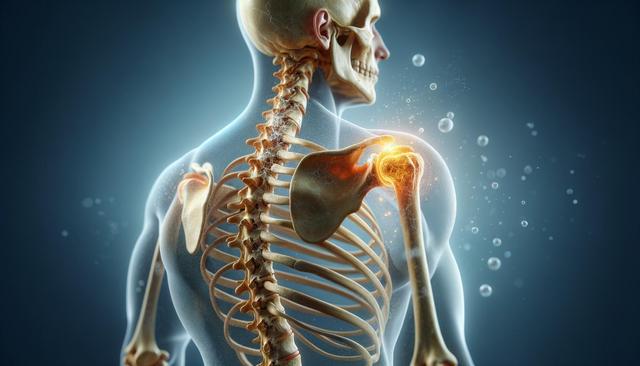What Is Osteoporosis and Why the Spine Is Vulnerable
Osteoporosis is a condition characterized by reduced bone density and deterioration of bone tissue, making bones more fragile and susceptible to fractures. The spine, made up of vertebrae, is particularly vulnerable to the effects of osteoporosis. These vertebrae support the body’s weight and facilitate movement, but when weakened, they can collapse or fracture, leading to a range of serious complications. Vertebral fractures are the most common form of osteoporotic fractures and often occur without a significant fall or injury.
Spinal fractures caused by osteoporosis may not always be painful initially. However, over time, they can result in height loss, stooped posture, and chronic back pain. These changes can affect balance and increase the risk of further falls and injuries. Understanding how osteoporosis affects the spine helps individuals take early action to protect their bone health.
Recognizing the Symptoms of Spinal Osteoporosis
Unlike acute injuries, osteoporosis-related spinal issues can develop gradually, making them harder to detect in the early stages. Many people may not realize they have osteoporosis until they experience a fracture. Recognizing the symptoms early can lead to quicker diagnosis and treatment, potentially preventing more serious outcomes. Common signs that osteoporosis may be affecting the spine include:
- Persistent or sudden onset back pain
- Noticeable loss of height over time
- Stooped or hunched posture (kyphosis)
- Restricted spinal mobility or stiffness
It’s important to consult a healthcare provider if any of these symptoms arise, especially for individuals over the age of 50 or those with risk factors such as a family history of osteoporosis, long-term use of certain medications, or low calcium and vitamin D intake. Diagnostic tests like bone density scans (DEXA) and spinal X-rays can help confirm the presence of osteoporosis and assess the extent of bone loss.
Risk Factors and Prevention Strategies
Several risk factors contribute to the development of osteoporosis, many of which are modifiable. Understanding these risks can empower individuals to take preventive measures. Some common risk factors include:
- Aging, particularly in postmenopausal women
- Low body weight or small frame
- Smoking and excessive alcohol consumption
- Inadequate dietary intake of calcium and vitamin D
- Sedentary lifestyle or lack of weight-bearing exercise
Preventive strategies focus on maintaining bone strength through lifestyle interventions. These may include:
- Eating a balanced diet rich in calcium and vitamin D
- Engaging in regular weight-bearing and resistance exercises
- Avoiding smoking and limiting alcohol intake
- Monitoring bone density regularly, especially with increasing age
Taking preventive action early in life, or at the onset of bone loss, can reduce the risk of spinal fractures and help preserve mobility and independence.
Treatment Options for Spinal Osteoporosis
When osteoporosis is diagnosed, treatment aims to strengthen bones, prevent fractures, and manage pain. Depending on the severity of bone loss and presence of fractures, various treatment options may be recommended. These can include:
- Medications to slow bone loss or stimulate bone formation
- Calcium and vitamin D supplementation
- Physical therapy to improve posture, balance, and strength
- Pain management strategies, including heat therapy and supportive braces
In some cases, surgical interventions may be necessary, especially if vertebral fractures cause nerve compression or debilitating pain. Procedures like vertebroplasty or kyphoplasty involve stabilizing fractured vertebrae with bone cement, offering relief and restoring spinal function. Treatment plans are typically personalized based on an individual’s medical history, age, and risk profile.
Living Well with Spinal Osteoporosis
Living with spinal osteoporosis requires ongoing management and lifestyle adjustments, but many individuals are able to maintain a high quality of life with the right support. Regular follow-ups with healthcare providers, adherence to prescribed treatments, and a proactive approach to bone health are essential. Incorporating fall prevention strategies in daily life can also reduce the risk of injury. These may include:
- Installing grab bars and non-slip mats in bathrooms
- Using adequate lighting in living spaces
- Wearing supportive footwear with non-slip soles
- Eliminating tripping hazards like loose rugs or clutter
Support groups and educational resources can provide valuable information and emotional encouragement. Staying engaged in safe physical activities, such as walking, swimming, or tai chi, can help maintain mobility and reduce the psychological impact of living with a chronic condition. With informed care and lifestyle adaptations, individuals can manage spinal osteoporosis effectively and continue to lead active, fulfilling lives.




Leave a Reply